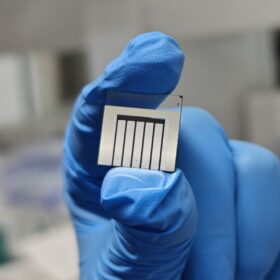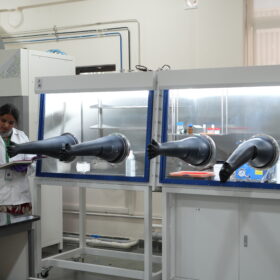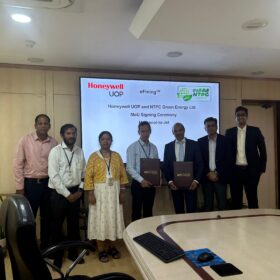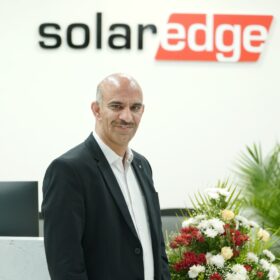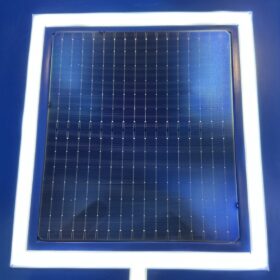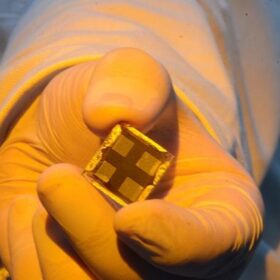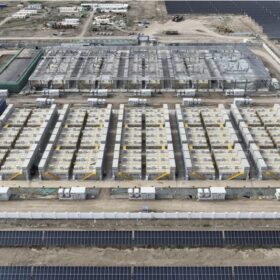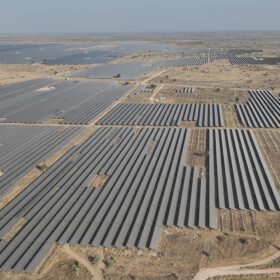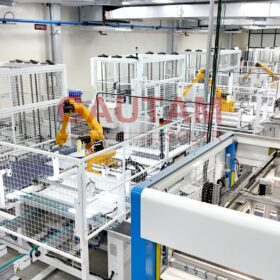Perovksite-TOPCon tandem solar cell based on self-assembled monolayer achieves 31.1% efficiency
Researchers in China have fabricated a perovskite-TOPCon solar cell with a top perovskite device utilising a self-assembled monolayer aimed to improved cell stability. The tandem cell achieved a high fill factor and a certified efficiency of 30.9%.
The Hydrogen Stream: ACME Group reaffirms green hydrogen project in Odisha
ACME Group has reaffirmed its commitment to establish a green hydrogen and ammonia project in India at Gopalpur, Odisha. The project, to be set up within Tata SEZ, will produce 400,000 tonnes of green ammonia annually.
MIT-WPU launches battery research center focused on advanced Li-ion and Na-ion technologies
The facility supports comprehensive end-to-end battery development, from active material synthesis to coin cell fabrication, and electrochemical performance evaluation.
The hydrogen stream: Honeywell, NTPC Green join hands for production of sustainable aviation fuel
The collaboration will leverage Honeywell’s eFining technology to produce sustainable aviation fuel from carbon dioxide (CO2) feedstock captured from NTPC’s power plants and green hydrogen.
Automation and AI in driving evolution in solar operations
The solar energy industry is capitalising on the integration of automation and AI. These technologies play an integral role in transforming solar operations from reactive and manual processes into intelligent, predictive and highly efficient systems.
India’s power demand to grow 6.0-6.5% over next five years, driven by EVs, data centres and green hydrogen: ICRA
Electric vehicles, data centres and green hydrogen are expected to contribute to 20-25% of the incremental power demand over the next five-year period from FY2026 to FY2030.
SolarEdge expands India operations with new R&D and technology center in Bengaluru
SolarEdge Technologies, an Israel-based solar inverter and battery energy storage specialist, has inaugurated a new state-of-the-art R&D and Technology Center in Bengaluru. The facility will play a key role in supporting SolarEdge’s global innovation pipeline while addressing the unique needs of the Indian market.
All solar cell efficiencies at a glance – updated
The research group led by Professor Martin Green has published Version 66 of the solar cell efficiency tables. There are 17 new results reported in the new version.
Sekisui, TNO exploring perovskite solar PV collaboration
Japan’s Sekisui Solar Film and the Netherlands’ TNO have signed a letter of intent to explore collaborations related to flexible perovskite solar PV. Talks will be initiated on a potential perovskite module factory in Brabant and the exchange of relevant information.
Improving perovskite solar cell durability via formamidinium cations
A team of São Paulo-based researchers have found incorporating formamidinium cations into methylammonium-based lead iodide perovskite films increases the durability of perovskite solar cells when fabricated and measured under ambient conditions.
